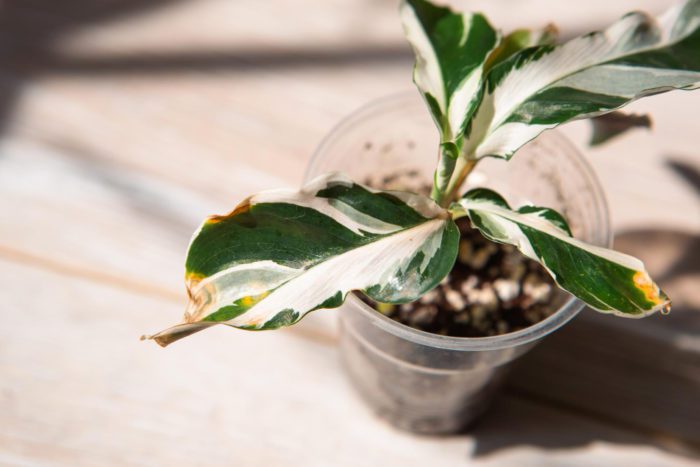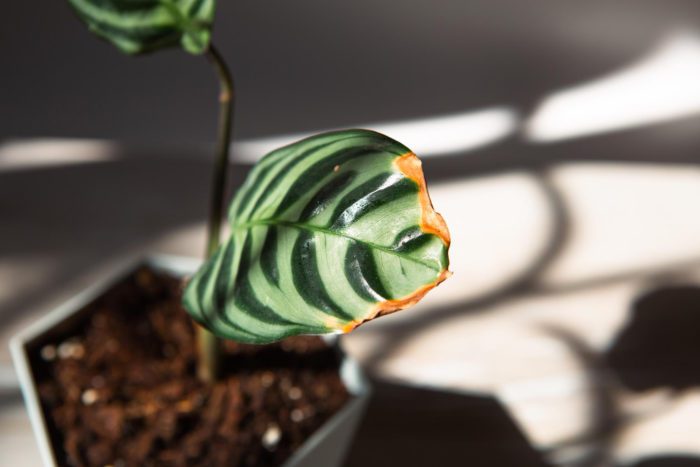Spider mites are unpleasant pests that establish their homes on our plants during the summer. Piercing and feeding on plant leaves is their mission.
It is important to recognize the signs of a spider mite infestation, treat it, and take preventative measures to avoid future problems.
You’ll find everything you need to know about spider mites, including how to recognize them and how to get rid of them, below.
Important Note: If you're tired of pests and want a reliable solution, then you should definitely consider seeking help from a professional pest control company. DIY solutions can be effective, but if you're dealing with a significant pest infestation, you don't want to rely solely on DIY methods. Pest control companies typically don't charge huge fees. You can fill out this form to receive free quotes from the top local pest control companies, and compare the quotes and see for yourself. Then, finally, your pest problems will be eliminated for good.
Spider Mites: What Are They?

Spider mites (Tetranychus urticae) are among the most prevalent garden pests, but because they’re smaller than a pinhead, they’re difficult to spot.
Because of their eight legs, these tick-like bugs are classified as arachnids (related to spiders) rather than insects. There are several various sorts, which come in red, green, yellow, or brown colors, with the two-spotted spider mite and red spider mite being the most common.
How Do Spider Mites Appear?
Spider mites appear in a wide range of colors and patterns when viewed under a microscope.
However, these pests are quite small—one millimeter at most, or about the thickness of a credit card! Spider mites appear as red, yellow, black, or brown moving specks to the naked eye.
Damage Caused by Spider Mites That Can Be Seen
Spider mites cut through and feed on the bottoms of tree leaves, but their damage is visible on the top. A spider mite infestation can be identified by three distinct signs:
- There are tiny white or yellow patches on the tops of tree leaves or needles.
- Tree leaves and stems are encircled by silky webs.
- The tree has a yellow or bronze appearance in one or more sections (this happens with a heavy infestation).
Hold a sheet of paper under a branch and lightly shake it if you suspect spider mites have infested your tree but want to be sure. The mites will fall off and appear on the paper as speckles.
How to Get Rid of Them?

In the summer or winter, here’s how to deal with spider mites:
A strong spray of water in the summer will knock spider mites clear off your tree. Rinse your tree with a hose a few times throughout the season. Because the spider mites live at the bottom of the leaves, you must spray them.
Use dormant oil to get rid of spider mite eggs that have deposited on your tree over the winter or any time before bud break in the spring. You can use neem oil as a dormant-season application to eliminate overwinter pests and eggs, or as a foliar spray to repel and kill insects, because it can kill insects at different stages.
Understanding natural predators, such as what consumes spider mites, can also be beneficial. Spider mite populations can be reduced by predatory insects such as predatory beetles or lacewings.
How to Prevent Them?
Drought-stressed plants attract spider mites, which attack during the dry season. Keep your plant hydrated during hot and dry months by giving it at least one inch of water every week and plenty of mulch.
What is the average time it takes for spider mites to appear?

Twospotted spider mite infestations are most common during the hot, dry summer months. They survive the winter by laying eggs on plants.
Depending on the temperature, larvae hatch and finish development in 1-2 weeks. Colonies can attain high numbers in less than two weeks when temperatures are above 90°F.
The Quickest Way to Get Rid of Spider Mites
Rubbing alcohol: If you have rubbing alcohol in hand, you can use it to kill spider mites. Soak cotton balls in rubbing alcohol and wipe afflicted house plants’ foliage.
Allow the dish soap or rubbing alcohol to rest on the plants for a few hours before thoroughly rinsing the leaves with water.
Spider Mite Damage: What to Do?
Plants with only a few leaves damaged by mites can recover quickly and without particular care, but those with more extensive damage will grow stressed and require additional care. Ascertain that all plants receive the required amount of light for the variety.
Keep the soil moist but not soggy, and feed plants a quick-release fertilizer like Alaska Fish Fertilizer 5-1-1, which provides a nutrient boost right away. Avoid transplanting or making other big modifications to the plant’s habitat until it produces new, healthy leaves.
The sooner you notice spider mites on your plants, the easier it will be to solve the problem.
Prevention and Treatment

When it comes to spider mite control, there are two crucial factors to consider:
- Maintain a high humidity level, above 65 percent, and temperatures below the optimal 80 degrees Fahrenheit.
- If you discover the spider mite before it begins webbing or spreads across the crop, you have a high opportunity of removing it before you lose any plants. Keep track of which plants they favor and adjust your monitoring accordingly.
Conclusion
You can control spider mite populations before they wreak havoc in your garden by educating yourself and following these simple procedures as mentioned in the article.
We hope through this article we were able to educate you on the initial signs of spider mites and how to prevent them.

